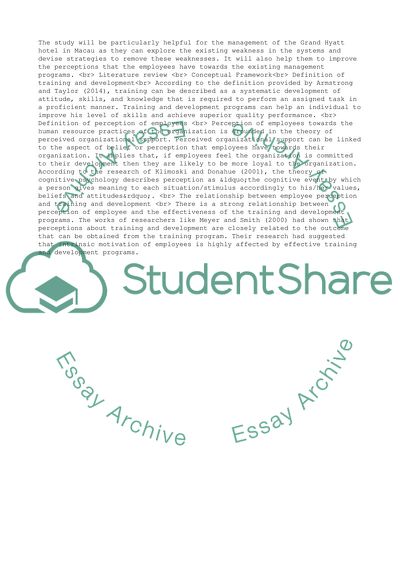Cite this document
(“Investigating the Employee Perception on the Effectiveness of Training Research Proposal”, n.d.)
Retrieved de https://studentshare.org/management/1661199-employee-perception-on-training-development-in-food-beverage-department-a-case-study-of-grand-hyatt-macau
Retrieved de https://studentshare.org/management/1661199-employee-perception-on-training-development-in-food-beverage-department-a-case-study-of-grand-hyatt-macau
(Investigating the Employee Perception on the Effectiveness of Training Research Proposal)
https://studentshare.org/management/1661199-employee-perception-on-training-development-in-food-beverage-department-a-case-study-of-grand-hyatt-macau.
https://studentshare.org/management/1661199-employee-perception-on-training-development-in-food-beverage-department-a-case-study-of-grand-hyatt-macau.
“Investigating the Employee Perception on the Effectiveness of Training Research Proposal”, n.d. https://studentshare.org/management/1661199-employee-perception-on-training-development-in-food-beverage-department-a-case-study-of-grand-hyatt-macau.


